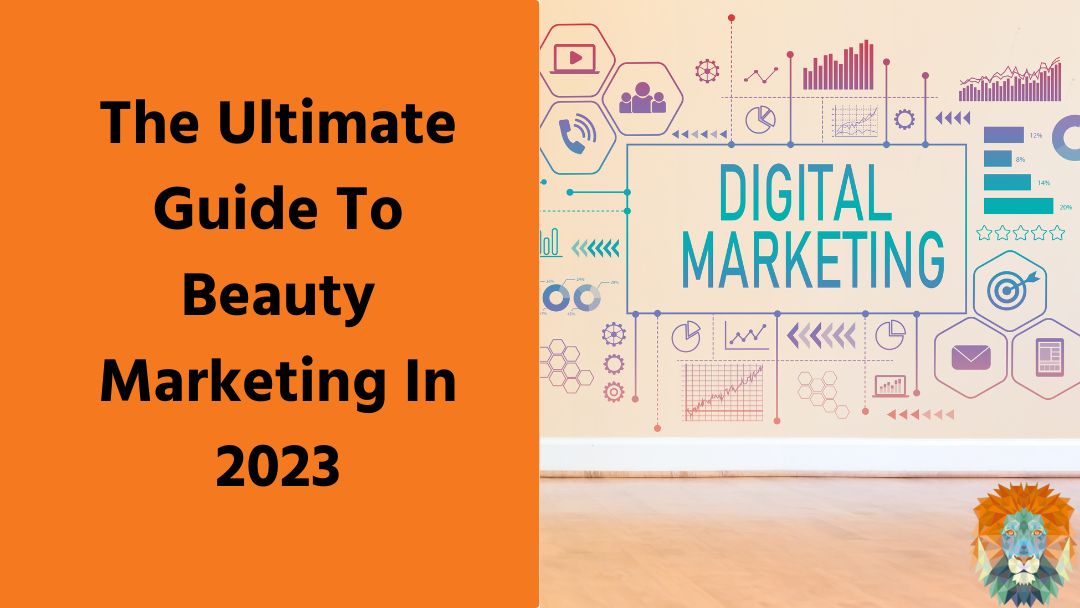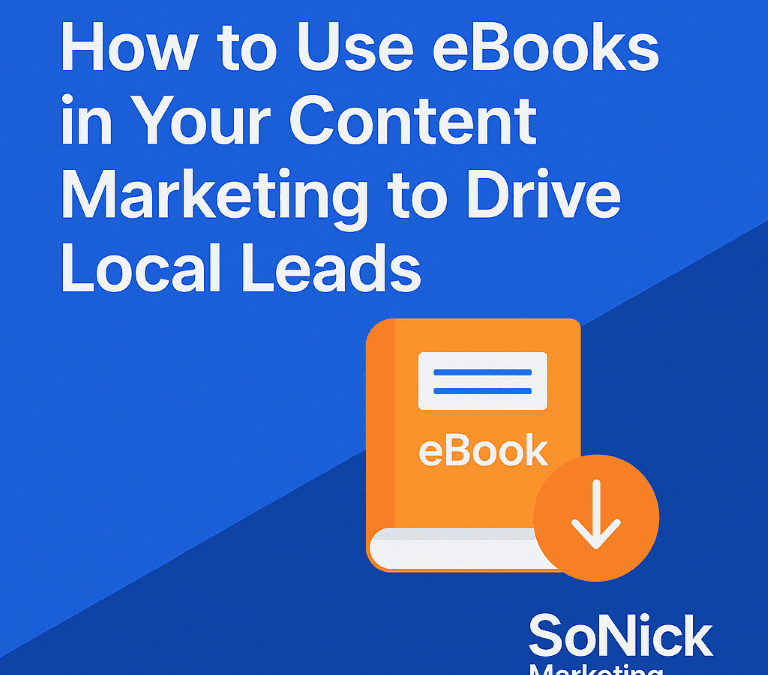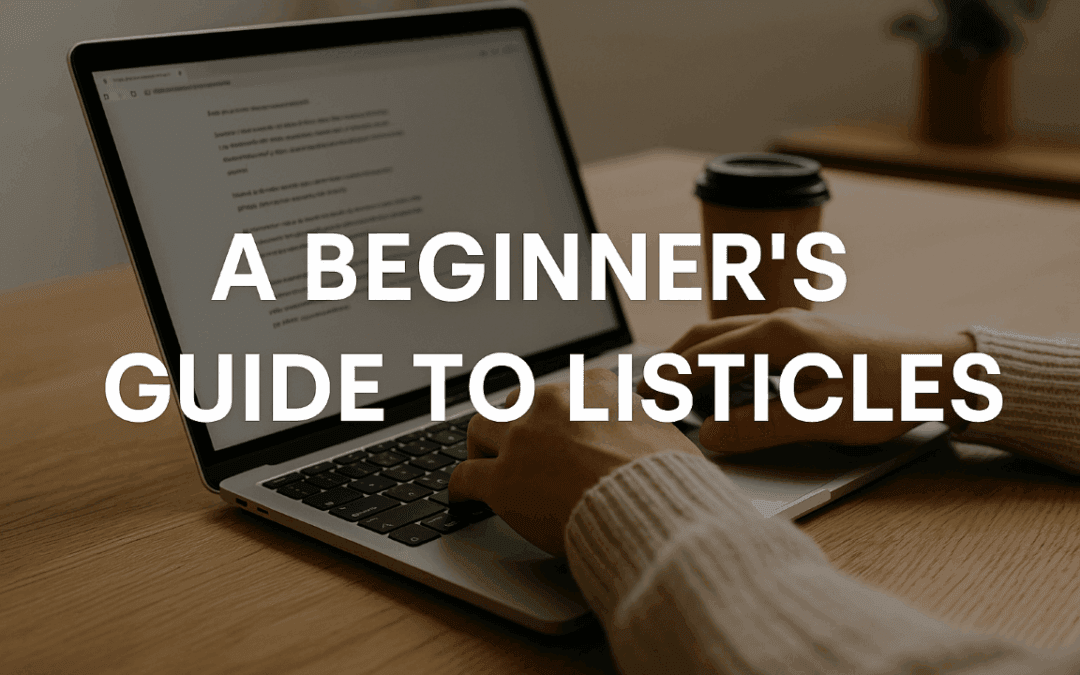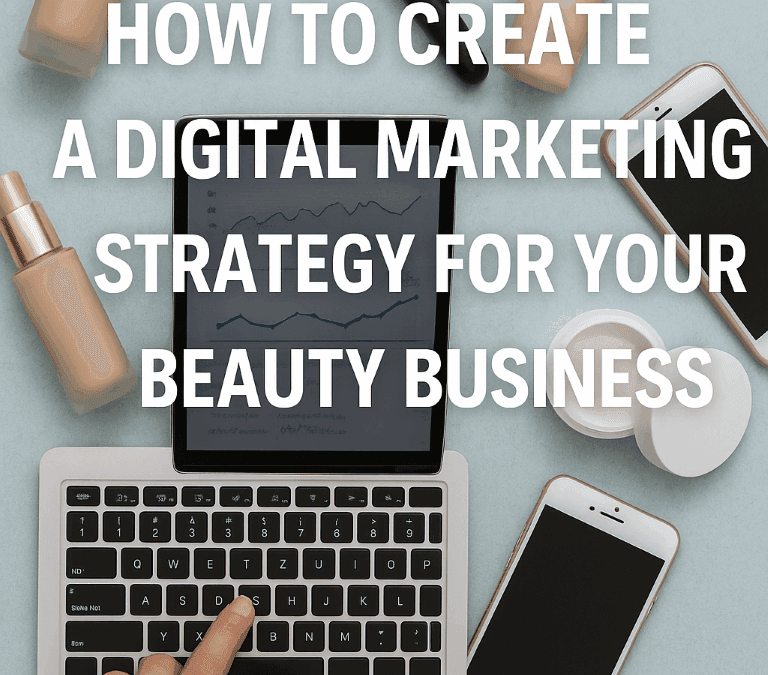In the past, the beauty world was dominated by just a few big names. MAC, Chanel, L’Oreal, and household names most people will recognise even if they don’t wear makeup. But now these big names are facing competition from thousands of smaller brands, all targeting slightly different areas and creating a rich tapestry of beauty products for the whole world. But if you’re one of those beauty brands, how do you make yourself stand out and get customers to buy from you over someone else? The answer? Good marketing, and today we have some beauty marketing tips to share with you in our Ultimate Guide To Beauty Marketing In 2024.
Choosing The Right Channels to Market Beauty Products
Beauty products have been around for hundreds of years now, and amazingly many of the routes used to advertise them then are still used now. But in modern times there are also dozens of new channels you could choose to market your products through, which means beauty brands are now faced with the challenge of selecting the right channel for their market.
It’s important to note that while most buyers still prefer to go into a bricks and mortar shop to actually buy their products, they prefer to do everything else from behind a screen. Data suggests that 46% of people discover new products online, 36% research them online before buying, and 41% of them go on to purchase new products online as well. This means beauty brands need to adapt to online channels as well as the traditional marketing options.
The best way to choose the right channel for your brand is to look at your customer data. Who is your target customer, what do they like, and what kind of media do they consume? Where do they spend their time online, and what are their buying preferences? Wherever they are, your goal should be to get your brand in the same place, it will be different for each brand and even each product or group of products you create.
Creating a Marketing Strategy for Beauty Products
The cosmetics and beauty industry is very vast, and it is important to have a plan when marketing beauty products. There are a few key things to keep in mind when creating a marketing strategy for beauty products. The first is to know the target market. It is important to be aware of who the customer is and what they are looking for in a product.
Another key element is to create a USP (Unique Selling Proposition). This will help the product stand out from the competition. Additionally, it is important to create an emotional connection with the customer. Beauty products are often purchased based on how they make the customer feel.
Finally, it is important to use various marketing channels. Depending on the budget and target audience, marketing platforms such as Social Media, paid ads, banner ads, FB store, etc. may be needed. It is important to not focus on one medium while neglecting others. All platforms should be given equal attention if the goal is to reach as many customers as possible while also ensuring the brand is presenting itself in a consistent manner across all platforms.
The best way to implement your marketing strategy is to do what is budgeted for and produced professionally. It is also important to track results and continue to modify the strategy based on the data provided. It is also essential to A/B test various mediums and titles to find which converts best.
Getting your Marketing Strategy right is an important place to start so we created a post all about creating a marketing strategy for beauty businesses.
Beauty Marketing On Social Media
There’s no doubt that social media has completely transformed beauty marketing. Nowadays if your beauty brand isn’t on social media you’re practically dead in the water, so it’s something you will need to invest in. The good news is, the beauty world, including its influencers and customers, have some favourite social media channels, which are:
- Instagram (82%)
- Facebook (77%)
- YouTube (59%)
- Snapchat (39%)
- Twitter (31%)
- Pinterest (28%)
In other words, you need to be on the most visual platforms, and be showcasing your products in all their glory. Not only that, but you should always be looking for influencers who can showcase your product to their own audience for you. Micro-influencers are often the best to target, as they are more accessible both to you and their audience, and usually open to collaboration. Their user engagement rates are much higher than the big beauty influencers, which means you will see a marked increase in purchasing as well as brand awareness. We talked a lot about how to work with social media influencers in this blog, so give it a read if this is something you’re considering. We also wrote about why social media is important for beauty brands in this popular blog.
Content Marketing for Beauty Brands
Beauty brands have long used content marketing to reach their target consumers. Content marketing for beauty brands can take many forms, from informative blog posts and engaging social media content to helpful how-to videos and user-generated product reviews. By creating and sharing high-quality content that is relevant to their target audience, beauty brands can build trust and credibility, drive traffic to their website or online store, and ultimately boost sales.
While traditional advertising can be costly and difficult to measure, content marketing provides an affordable and effective way for beauty brands to connect with their consumers. In order to be successful, however, brands must create compelling and original content that is relevant to their audience and aligns with their overall marketing strategy.
We wrote a blog about the benefits of content marketing for beauty brands give it a read and get in touch if you need our help!
SEO for Beauty Brands
The beauty industry is rapidly growing and highly competitive. Brands must leverage SEO to ensure they stand out in the digital landscape. SEO allows brands to create visibility and presence in search engine results, helping them reach their target consumers. Additionally, SEO helps beauty brands showcase their products and services, increasing the likelihood of generating more sales.
SEO helps beauty brands build brand awareness and grow their customer base by increasing the visibility of their website and content in organic search engine results. By optimising your website content with relevant keywords, improving page loading speeds and navigation, and leveraging other SEO best practices, beauty brands can ensure they are seen by the right people and increase their online presence.
SEO is an important part of any Beauty business’s marketing strategy, it goes hand in hand with your content marketing strategy. We have written some tips on SEO for beauty brands in this separate post it is a huge subject and something that can easily be outsourced to our team. You can also get a free SEO audit of your website here.
Responsive Website Design
We’ve talked before about why mobile-friendly if you want to appease the SEO gods (Google and Bing) and get your website found online. But a responsive design is especially important for beauty brands since the single biggest driver for sales in the beauty industry is eCommerce. The beauty and personal care market grew from $483 billion in 2020 to $551 billion in 2021 – that’s an increase of 6% purely down to the boom of eCommerce. And since the vast majority of eCommerce purchases are done on a mobile device (71%), your beauty brand needs to have a mobile-friendly, responsive website. If not, customers will be put off by the experience and move on to purchase elsewhere.
Interactivity
Another area that has seen a lot of growth over the past year is the integration of VR and AR in the marketing world – specifically in beauty. This goes hand in hand with the rise in eCommerce and with the continuation of the pandemic, as more and more customers are unwilling or unable to try on products in person before they buy. Instead, some brands have started offering ‘virtual try on’ options, where their website or app uses AR technology to show the customer what the product would look like on them, and if they like it buying only takes a few clicks. Makeup, lipstick, hair accessories and even clothes can all be demonstrated in this way, and it’s already proving to be a massive driver for online sales. For example, YouCam Makeup saw a 32% rise in virtual try ons in the last 2 years, with various beauty brands reaping the rewards of the boost in eCommerce purchases.
Measure & Adapt
This last point is true for every industry when it comes to marketing, but in beauty, it’s absolutely vital. At every stage you should be measuring how effective your marketing efforts are against your goals, and making adjustments to your approach. You should have a set of metrics you want to measure success by, and most marketing methods or platforms will have a way to gather data that allows you to compare your performance. This process should be done on a regular basis, with some methods needing daily evaluation so that changes can be made quickly.
Doing this stops you from spending money on something that isn’t working, and means your marketing will always be getting the best results it can. However, one thing makes measuring and adapting even more important for beauty brands, and that’s trends. The beauty world has always been a place of rapid change, and trends come and go quickly. In order to keep up and attract buyers, you need to know what’s going on in the market and adapt your marketing to meet the current style and demand. This could be anything from starting up a new social media account (TikTok was a big adjustment for many brands recently!), adjusting one of your campaigns to include popular buzzwords, to launching a new product range.
At Lion Spirit Media, we love beauty. Working with beauty brands to build and grow audiences and businesses through content marketing is so rewarding for us, and it’s something we’re incredibly passionate about. We also approach it in a different way, using a blend of content strategy, marketing, advertising and communications to not only spread awareness, but create raving fans who can’t stop talking about your products. For us, we want to help beauty, skincare and cosmetic companies find their ROAR. Need some help finding yours? Get in touch with the team today.





0 Comments